Last time we looked back at Nokia’s attempt to modernize Symbian with Anna, but that was just the first step. The next one was called Belle, and brought the long-lived operating system even closer to the modern design of its Android and iOS competitors.
Belle has made major quality of life changes that have made the interface much more enjoyable and usable. However, there is no doubt that Symbian was playing catch-up to its rivals.
Let’s start with the basics and we mean “basics”. First, the home screen has been completely revamped: you could now have up to 6 tiles, compared to Anna’s 3. And instead of the one size fits all approach, widgets were now resizable and could be stretched or shrunk to one of 5 sizes.




Belle’s new home screen lets you add and resize widgets
And these were live widgets that could dynamically display messages (chat, email, social network updates). There was an even better place to go for notifications, but we’ll get to that in a minute.
We also got to cover the app drawer, which eliminated the deeply nested maze of folders for a flat approach: all the shortcuts were visible, you just had to swipe to access them. You could still add folders if you wanted, but it would no longer feel like you were navigating the Windows 95 Start menu. Even better, you could now put shortcuts on the start screen itself, whereas previously you had to use shortcut widgets, which was a clunky solution .




The revamped app drawer
Then there was the notification area. Popularized by Android makers and later adopted by iOS, it was an always-accessible place with important switches (mobile data, Wi-Fi, Bluetooth and Silent), plus all app notifications.


The notification area
The app switching, however, remained unchanged. Also, if you notice in the app drawer, some apps have a dot in the top left corner – this indicates that an app was running.



The app switcher
Symbian was old school as well, letting you manually manage which apps are opened while Android and iOS do this automatically and discourage such user intrusions (although a “Close All Apps” button is still a common sight on Android) .
The web browser has been slightly improved over what we saw in Anna with support for kinetic scrolling (which makes the page follow your finger as you move) and text reflow, which made desktop pages ( which were most of the web at the time) easier to read on mobile. Full Flash support was still missing, but FlashLight 4 promised to play YouTube videos in 360p.




The Symbian Belle browser
Nokia was an early adopter of NFC and has pushed it to new heights with Belle. You could tap two devices to pair them – this could be used with two phones to quickly exchange information, or you could connect a phone to a pair of headphones or a Bluetooth speaker to connect them.



Belle’s NFC tutorial app
Anna was announced in April 2011, Belle arrived at the end of August. The new version of the operating system arrived with the Nokia 600, 700 and 701, but the old devices were not left behind: Symbian^3 phones were also updated (Nokia N8, E7, X7, C7, E6, C6- 01 and Gold). Phones that initially shipped with Anna (like the Nokia 500) would obviously also receive Belle. In 2012 older devices still on sale (e.g. the Nokia N8) started arriving with Belle out of the box, saving you the hassle of a manual update.
Symbian Belle’s latest incarnation was Feature Pack 2, which reworked the camera interface, added a video editing app, updated the browser with HTML 5 support, promised a “significantly faster” keyboard ” and included Nokia Car Mode (a simplified user interface for the phone interface). screen intended for use in the car).
Well, technically at this point it was “Nokia Belle” as the Finns decided to abandon the Symbian brand.
The phones had processors up to 1GHz and even 1.3GHz in the case of the Nokia 808 PureView and were equipped with 512MB of RAM. For comparison, the first generation of Anna phones had 680 MHz processors and 256 MB of RAM.

However, even mid-range Android phones of the time were starting to move to multi-core CPUs equipped with 1GB of RAM. Symbian always worked better on resource-constrained devices than Android, but Moore’s Law was still strong and eventually new chipsets enabled new features on Android, things like full Flash support and more advanced games.
The roadmap to the future included Symbian Carla and Donna, the first expected in late 2012/early 2013 with new widgets, a new web browser, even more NFC functionality, and things like Dolby Surround. Donna was expected in late 2013/early 2014 and would be released exclusively on phones with dual-core processors, helping to close the performance gap compared to Android and other competing operating systems.

New concerns occurred on May 23, 2012, saying that Carla had been cancelled. Not so, Nokia officials said a couple of days later, in fact Carla would be released as Belle Feature Pack 1. And a Feature Pack 2 arrived as we mentioned above, but that wasn’t Donna. Donna would never be released and there weren’t even any more feature packs.
The Nokia 808 PureView has become the latest Symbian phone – the operating system has certainly been a success. We can only speculate what would have happened if the Finns had kept at it and released new phones with Donna.

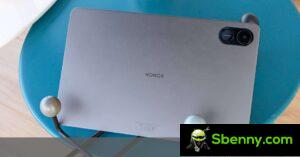

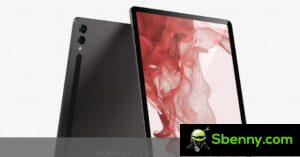
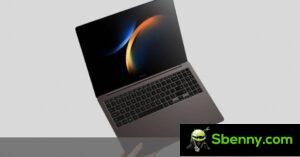
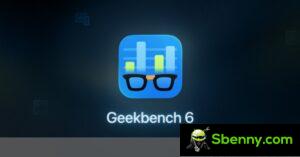
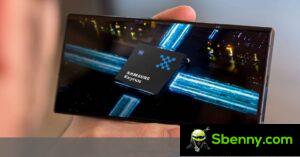
Start a new Thread